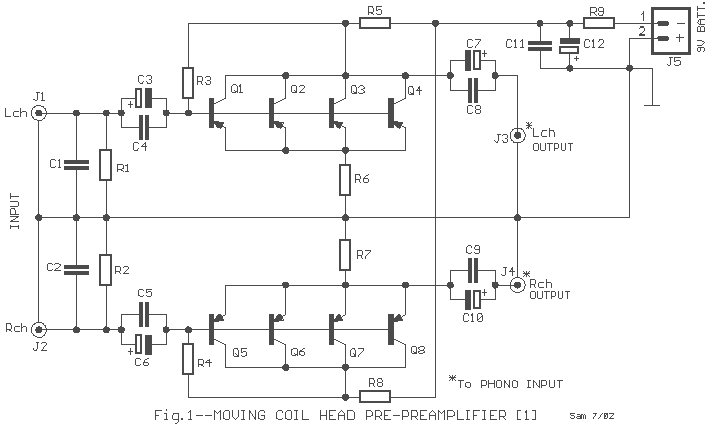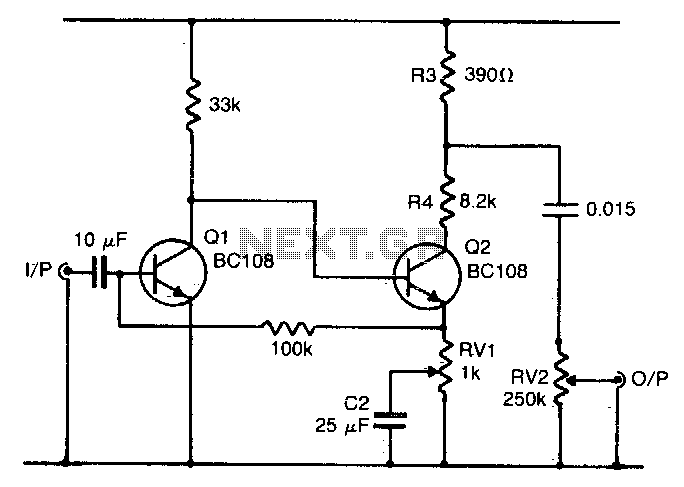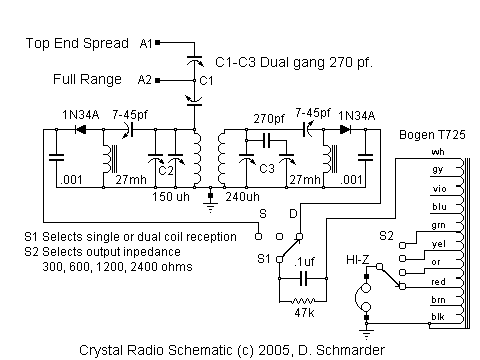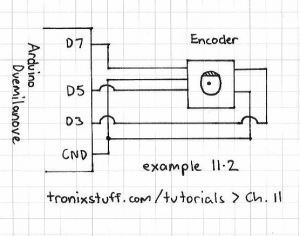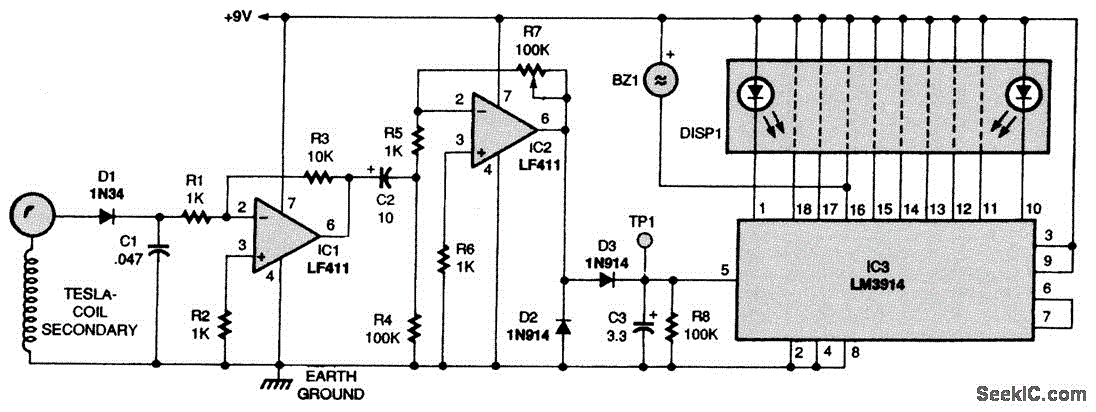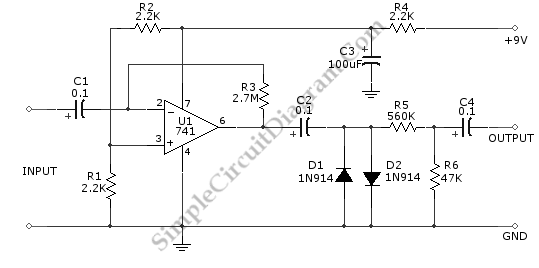
Buzz box continuity and coil checker
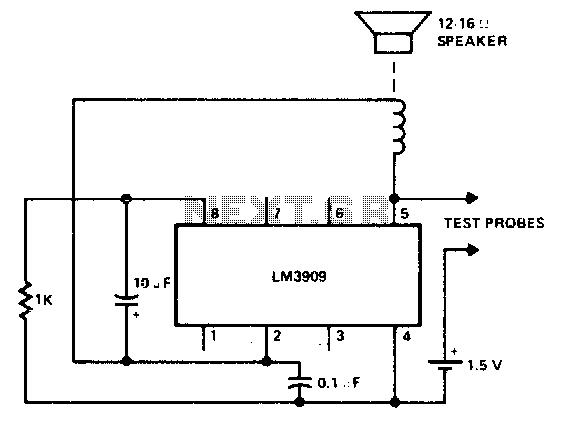
Differences between shorts, coils, and a few ohms of resistance. More: can be heard.
Short circuits, inductive coils, and resistive components each play distinct roles in electrical circuits. A short circuit occurs when there is an unintended low-resistance connection between two points in a circuit, often resulting in excessive current flow that can damage components or create safety hazards.
Inductive coils, or inductors, are passive electronic components that store energy in a magnetic field when electrical current flows through them. They are characterized by their inductance, measured in henries, which determines how effectively they can store energy. Inductors resist changes in current, making them useful in filtering applications and in the creation of oscillating circuits.
Resistance, measured in ohms, quantifies the opposition that a material presents to the flow of electric current. A few ohms of resistance can be found in various components, including resistors, which are specifically designed to provide a known resistance in a circuit. The presence of resistance can dissipate energy in the form of heat, impacting the overall efficiency of the circuit.
In summary, understanding the differences between shorts, coils, and resistance is crucial for designing and troubleshooting electronic circuits. Shorts can lead to circuit failure, coils are essential for energy storage and filtering, and resistance plays a critical role in controlling current flow and energy dissipation.Differences between shorts, coils, and a few ohms of resitance can be heard.
Short circuits, inductive coils, and resistive components each play distinct roles in electrical circuits. A short circuit occurs when there is an unintended low-resistance connection between two points in a circuit, often resulting in excessive current flow that can damage components or create safety hazards.
Inductive coils, or inductors, are passive electronic components that store energy in a magnetic field when electrical current flows through them. They are characterized by their inductance, measured in henries, which determines how effectively they can store energy. Inductors resist changes in current, making them useful in filtering applications and in the creation of oscillating circuits.
Resistance, measured in ohms, quantifies the opposition that a material presents to the flow of electric current. A few ohms of resistance can be found in various components, including resistors, which are specifically designed to provide a known resistance in a circuit. The presence of resistance can dissipate energy in the form of heat, impacting the overall efficiency of the circuit.
In summary, understanding the differences between shorts, coils, and resistance is crucial for designing and troubleshooting electronic circuits. Shorts can lead to circuit failure, coils are essential for energy storage and filtering, and resistance plays a critical role in controlling current flow and energy dissipation.Differences between shorts, coils, and a few ohms of resitance can be heard.
